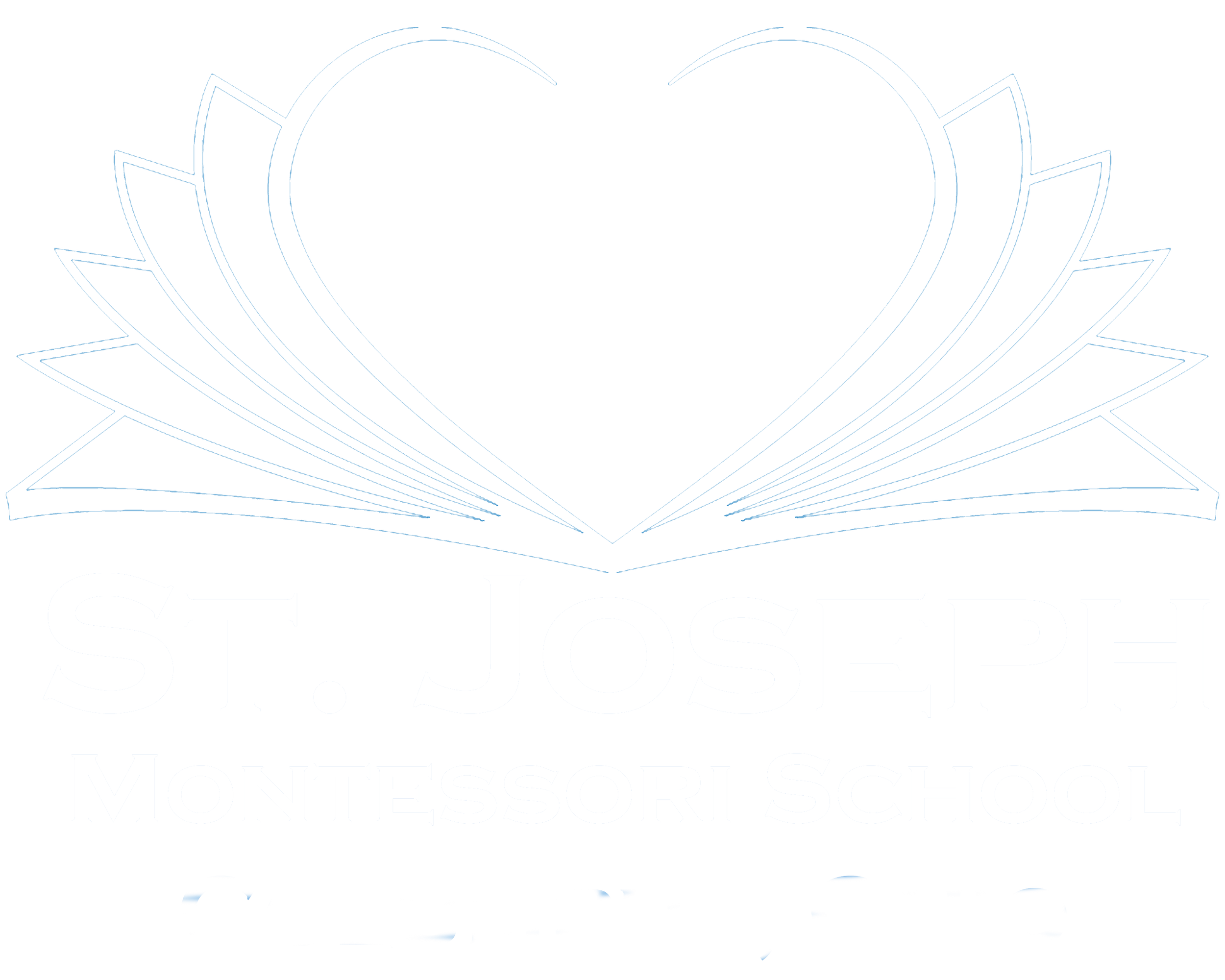Why Observe?
Why Observe? by SJMS CH1 Teacher Pen Ripke
In her book, To Educate the Human Potential, Dr. Montessori states “the first step in becoming a Montessori teacher is to shed omnipotence and to become a joyous observer. If the teacher can really enter into the joy of seeing things being born and growing under his own eyes and clothe himself in the garment of humility, many delights are reserved for him that are denied to those who assume infallibility and authority in front of the class”.
Observation is an integral part of the Montessori pedagogy. Teachers observe in the classroom to know the child, to prepare the environment, plan lessons and to communicate and collaborate with other adults (parents, other teachers). Observation is the means by which we learn about the child’s needs, interests, changes or growth in work behavior, personality, and developmental stage (physical, cognitive, social and emotional). We observe not only what the children are doing but also how they’re doing it and their interactions. It is by observing that we are able to truly serve and “follow the child”.
We observe to determine the effectiveness of the classroom environment in relation to the individual child and the group as a whole. We watch carefully how children work and interact in the environment. How is the classroom organized? Is there space for movement? Does the classroom layout/design promote independence and concentration? What materials are on the shelf? Are they attractive and sequential? Do they seem interesting or motivating to the child? Are they challenging? What are children most engaged with? Knowing the answers to these questions help us determine what works and identify our areas of growth. Having an open mind allows us to evaluate our own teaching practices and plan appropriate lessons and learning experiences.
Dr. Paul Epstein in his book, An Observer’s Notebook, tells us about the four C.O.R.E. elements that we can use when observing children. The acronym stands for Connect, Obtain, Reflect and Engage. Each element is guided by a key question.
Connect: What are my interests, what do I want to study and learn?
Obtain: What information do I need to collect as I pursue my interests?
Reflect: How will I understand what I have obtained?
Engage: What will I do with these understandings?
Being a skillful observer requires preparation and humility. It is developed through practice. According to Dr. Montessori, “the fundamental quality that should distinguish the teacher is the capacity for observation.” Through self-reflection, we discover our personal attitudes and free ourselves of our own biases. It is not easy to sit down and watch without judging or evaluating what is happening. We try to be as objective as possible by documenting facts, what we hear them saying and what we see them doing. Our ongoing goal is to strive to achieve a constant state of observation, to work every day at observing in different situations. Having a full and busy day makes finding the time to observe difficult. We work on overcoming this challenge by making a commitment to observe, making it part of our daily routine so it is integrated into our teaching practice. It is amazing what we can learn from the children just by observing.
Epstein, Paul (2012). An Observer’s Notebook. Learning from Children with the Observation C.O.R.E (2nd ed.)




